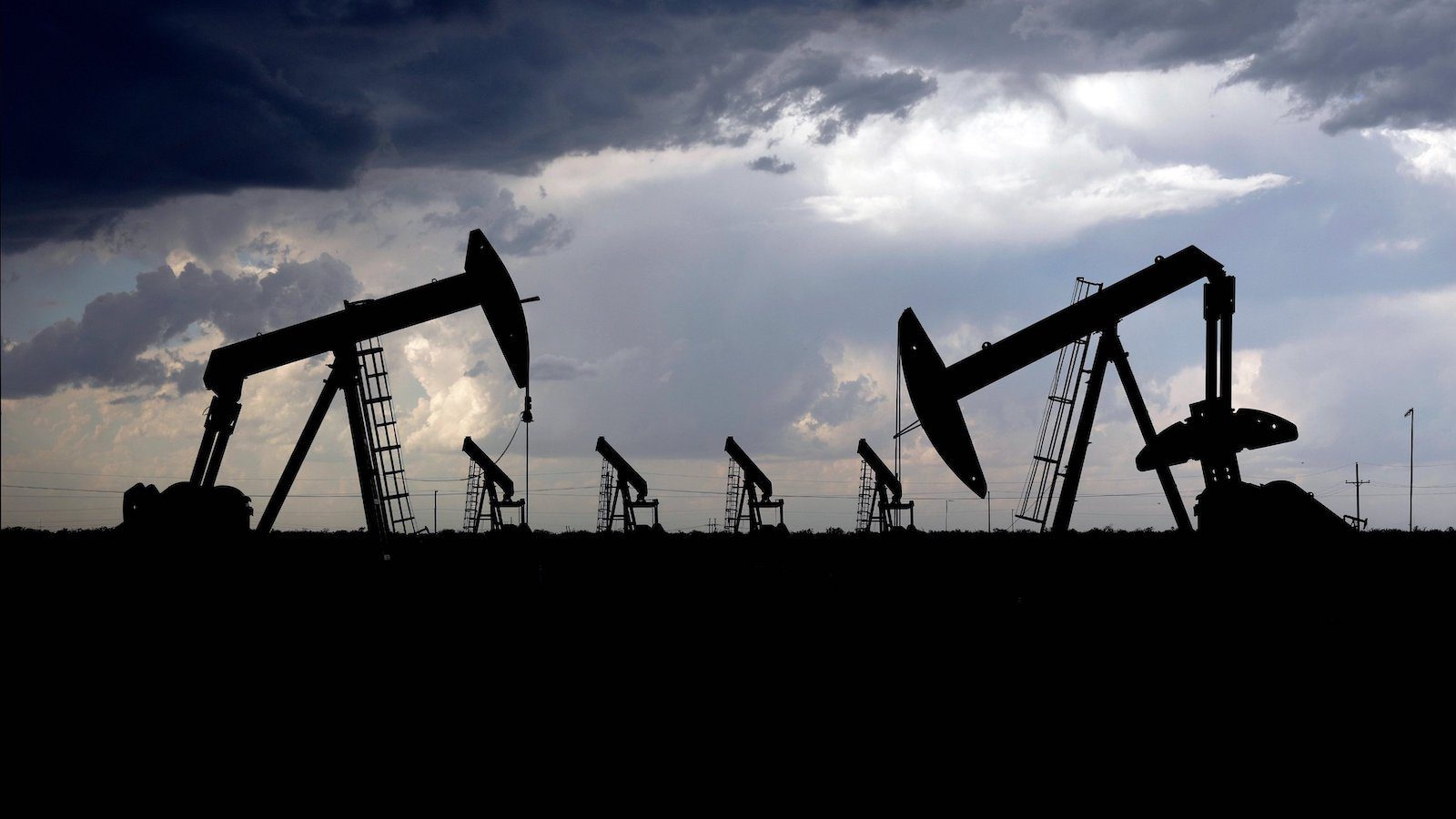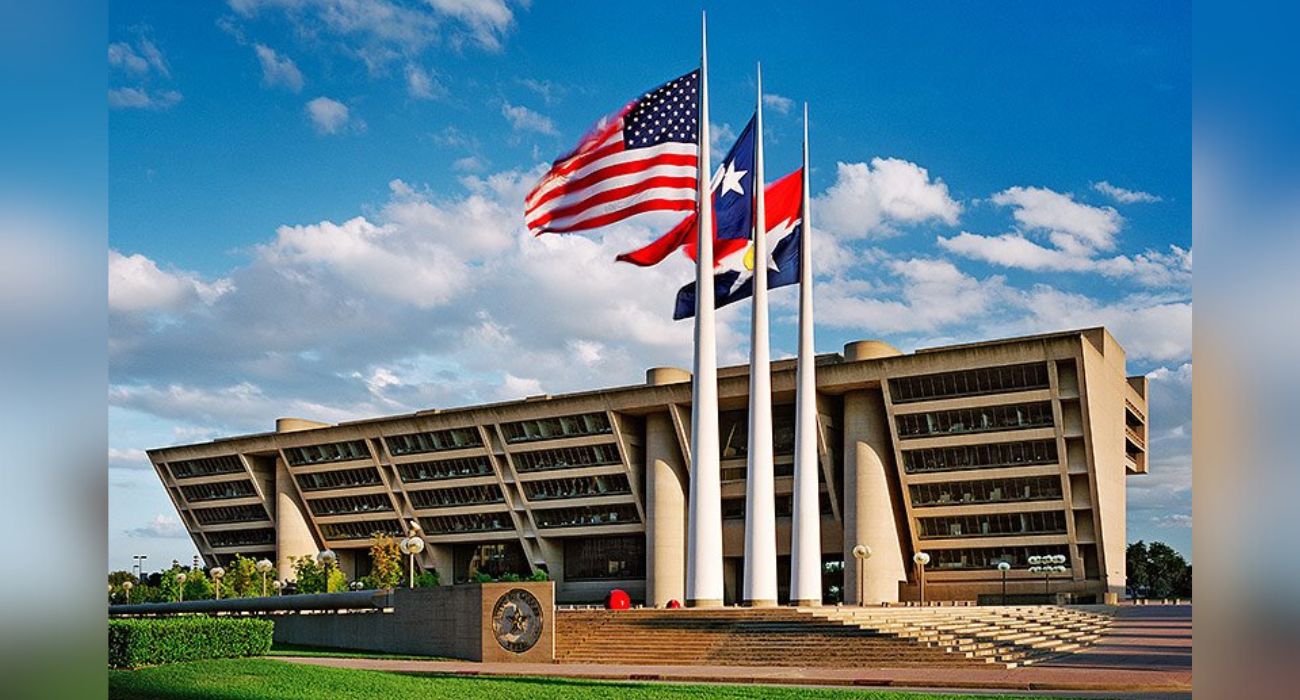The Organization of the Petroleum Exporting Countries (OPEC) which coordinates its member states’ petroleum policy recently announced cuts to daily oil production, and the effects are reverberating through the energy market. Regular unleaded gasoline in Texas averaged $3.29 per gallon on Tuesday, nearly 11 cents higher than one month ago.
Tom Miller of the NBC affiliate KAXN based in Austin recently sat down with Owen Anderson, a professor and distinguished oil and gas scholar at the University of Texas, to discuss the impact of OPEC’s decision and the implications for Texas specifically.
According to Anderson, OPEC is cutting production to stave off a recession driven by central bank efforts to suppress inflation. “OPEC determines the production volume by looking at economic forecasts, and its most recent forecast was slowing growth due to efforts to fight inflation, which OPEC is concerned will trigger a recession. So they agreed to cut production by 2 million barrels of oil per day. That amount is then allocated among member countries,” he explained to Miller.
As a result of OPEC’s decision to drop global oil production from next month, President Biden is moving to re-evaluate the United States’ relationship with their long-time ally and trading partner, Saudi Arabia.
“OPEC is 13 oil-producing countries of which Saudi Arabia is the largest and most influential producer,” Anderson explained. “These countries meet periodically to determine how much oil members will actually produce over a given period of time, usually a quarter.”
He went on to say that if the announced reduction is reached, then Americans would likely see rising oil prices at the pump and more inflation.
While more inflation would put greater strain on Texas consumers, it is not all bad news since oil-producing state economies such as West Texas would benefit, he explained.
While energy prices have likely absorbed much of the news already, the actual cuts will not begin until November. When asked how high prices could go, Anderson estimates “that the range of prices would be maybe $80 to $110 a barrel,” — but likely less than $100 a barrel.






